March 22, 2016
A growing need to create an office that attracts rather than repels staff 0
So where do you start when identifying the attributes that make an office an ‘attractor’ for staff? There are numerous articles extolling the virtues of everything from pool tables, to hammocks, creative “playgrounds” and all manner of enticing and unique workplace design considerations. However, I believe that there are more intangible and subjective issues at stake such as building aesthetics, prestige and values alignment. Very few businesses benefit from working in low-key, nondescript locations. The only likely motivation for occupying such a space would be cost-driven. Likewise, nobody wants to work in a building that is run-down, outdated and clearly past its best-by date. It is preferable for most office workers to work in a building that is new, interesting, prestigious or an acknowledged landmark. It becomes something they can be proud of and would be happy to share with family, friends and colleagues.








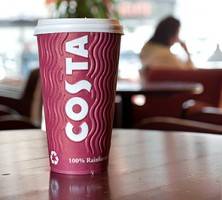
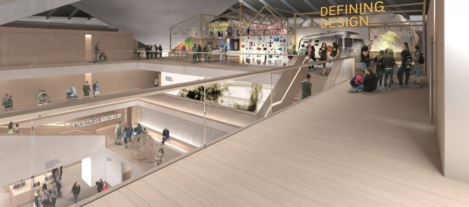
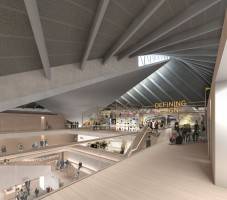
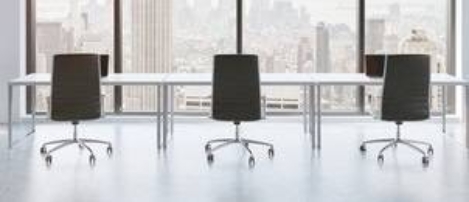
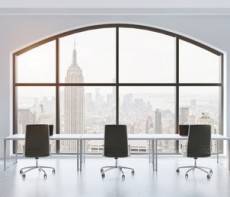
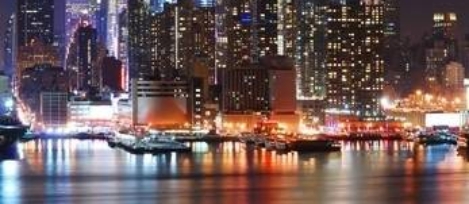
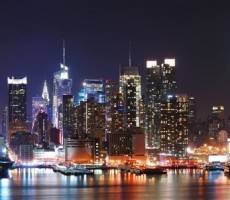
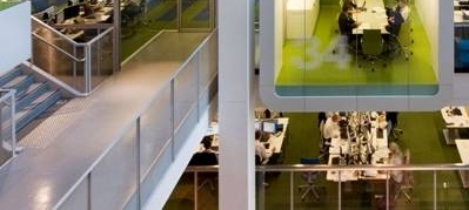
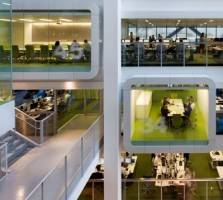


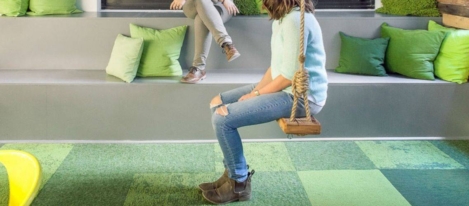

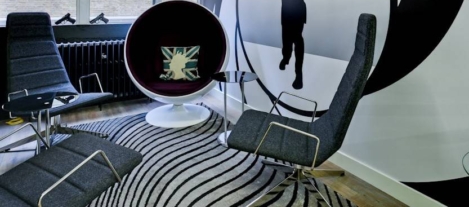
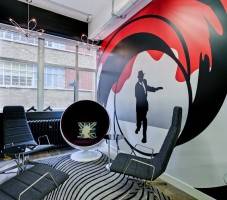










March 31, 2016
Government needs to wise up to the Fourth Industrial Revolution 0
by Mark Eltringham • Comment, Property, Public Sector, Technology
(more…)